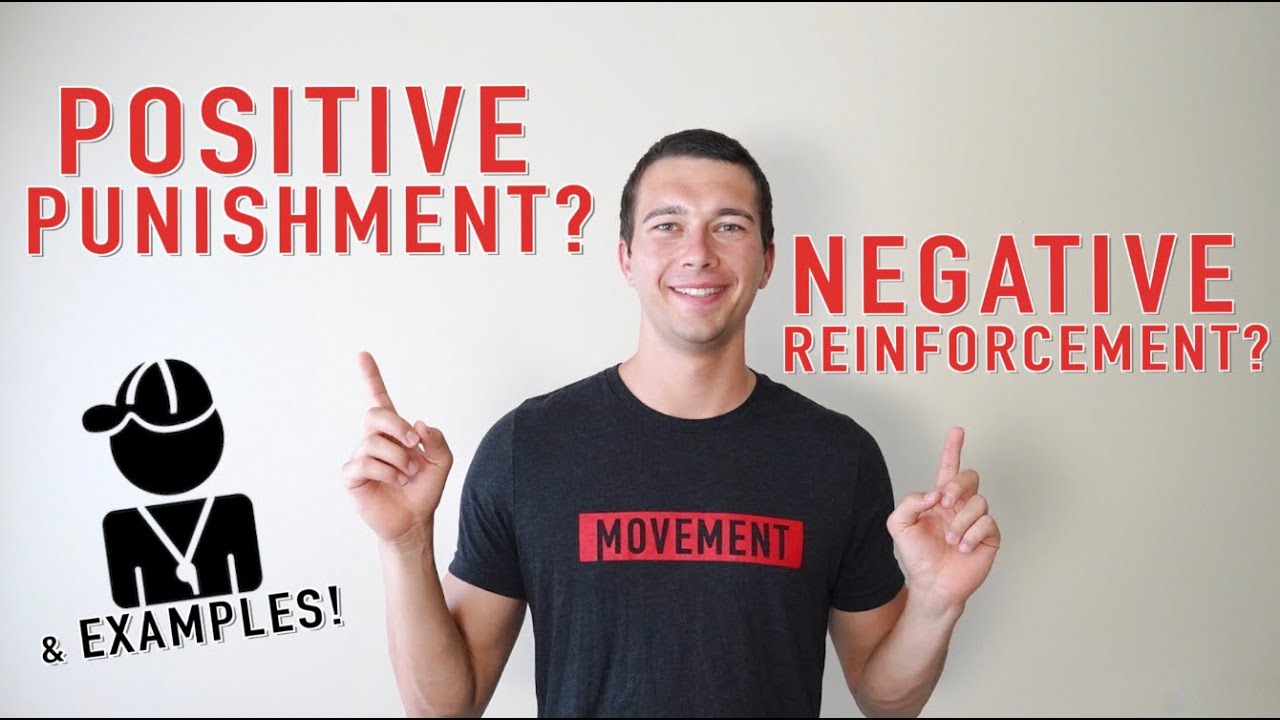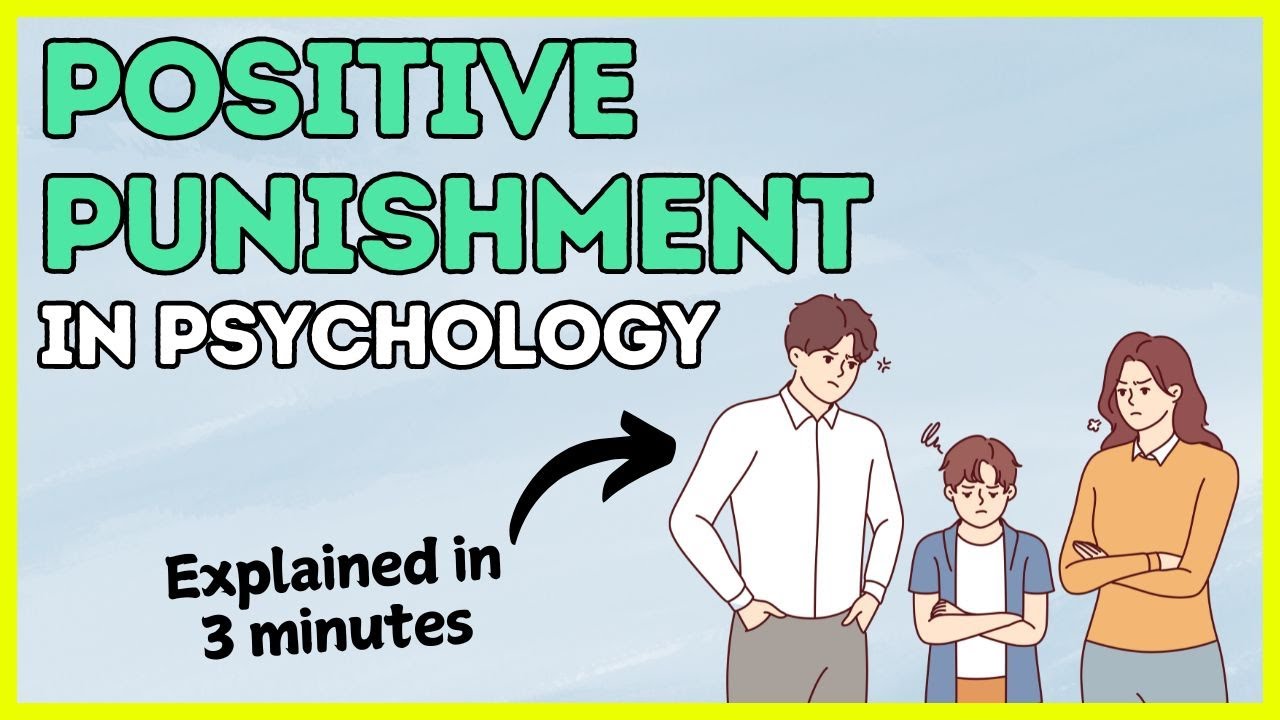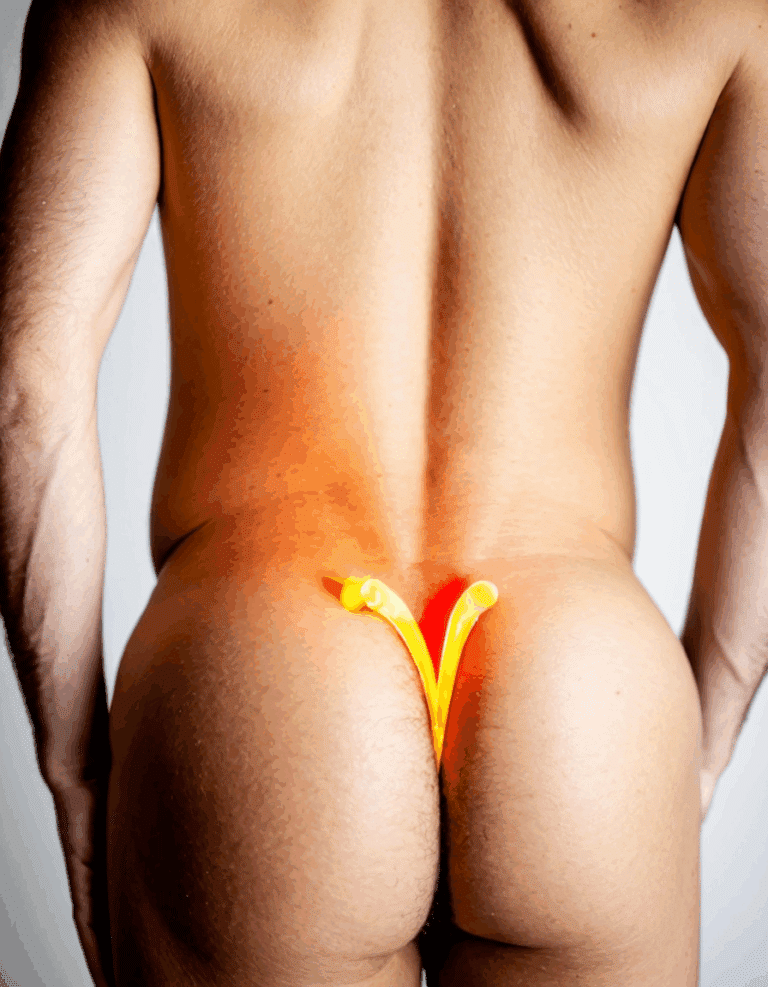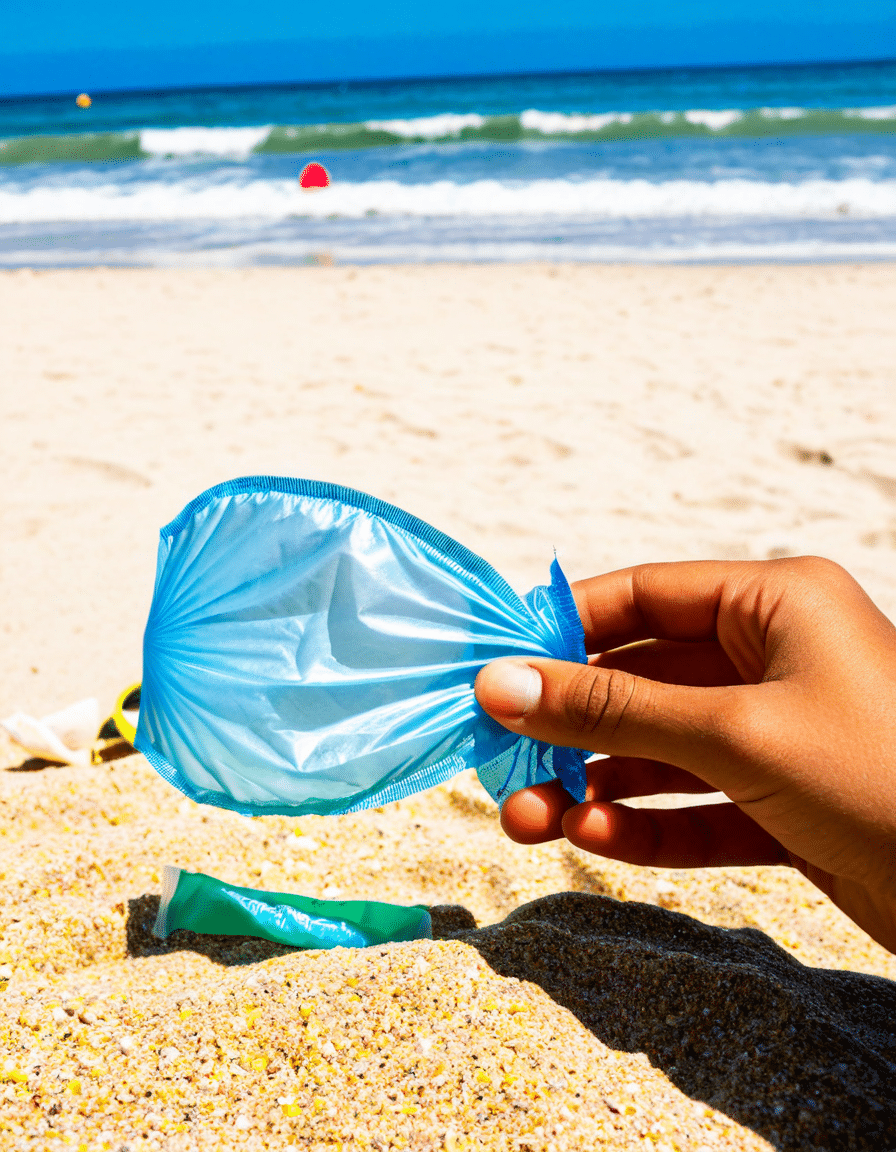Positive punishment is a term that can evoke a range of emotions and opinions, but let’s break it down and make it work for us—especially when it comes to achieving our fitness goals and living our best lives. What does positive punishment really mean? In simple terms, it’s adding a stimulus after a behavior to decrease the chances of that behavior happening again. Think of it this way: if you’re trying to stop yourself from eating junk food, you might punish yourself with an extra tough workout whenever you give in to temptation. This is key for anyone aiming to get shredded—by introducing a negative consequence, you can modify your actions.
Just like Arnold Schwarzenegger famously encouraged discipline to shape your physique, we can see how positive punishment can shape behavior in different areas of life. Whether it’s in corporate settings, schools, or even your home gym, understanding how to effectively use positive punishment can accelerate your growth and help you stay focused on your goals. So, grab your protein shake, settle in, and let’s dive deep into the world of positive punishment!

Understanding Positive Punishment: A Cordial Definition
At its basic level, positive punishment refers to the introduction of an undesirable stimulus right after a behavior occurs. The main goal? To decrease the likelihood of that behavior happening again. It’s important to separate this from negative punishment, where a desirable item or privilege is taken away. For instance, think about the common scenario of scolding a student for texting in class. The reprimand serves as a direct consequence designed to curb the texting behavior.
And here’s an interesting tidbit: when parenting, many parents may not realize they’re employing positive punishment by spiking a child’s tantrum with a light smack or a stern word, aiming to discourage their disruptive behavior. It’s crucial to approach positive punishment with a cordial mindset; understanding that its nuances can be beneficial in a variety of real-world situations. While it may seem simplistic, it opens doors to a deeper understanding of how our behavior is molded by the stimuli we encounter.

Top 7 Real-World Applications of Positive Punishment
Positive punishment is alive and well in your everyday life. From how you get fit to your workplace dynamics, here are seven real-world examples that illustrate the impact of adding consequences—each one can teach you a thing or two about shaping behavior in yourself and others.
1. Corporate Training Programs
Ever heard of performance reviews at companies like Amazon? These thorough evaluations involve positive punishment for employees falling short of expectations. If an employee receives poor feedback, they risk probation, which can stir anxiety and motivate them to elevate their game. This added layer of accountability can enhance workplace productivity but also serve as a reminder that in corporate environments, missteps can have direct repercussions.
2. Dog Training
Dog training isn’t just about fun and games; it’s about discipline! Consider how shock collars are utilized to curb unwanted behaviors like barking or digging. When a dog misbehaves, a mild shock serves as immediate feedback. This helps the dog associate their action with an undesirable consequence, leading to changes in their behavior over time. So, next time your furry pal gets a little rowdy, remember that positive punishment is happening to shape those behaviors!
3. Academic Environments
Detention—also known as the ultimate school punishment. When a student breaks the rules, sitting alone for an extended period is often the result. This practice is aimed at discouraging future rule-bending. However, it’s worth noting that the effectiveness can vary; for some students, this may lead to resentment rather than compliance, mirroring how some may feel after a tough workout.
4. Behavioral Therapy
In therapy, a ‘time-out’ technique serves as another form of positive punishment. Here, when a child acts out, being isolated for a little while serves as a space to reflect. This approach teaches children about consequences while enabling them to re-evaluate their actions, which can help them get back on track and earn a figurative cookie later on.
5. Sports Training
Athletes know that coaching can be tough love. When players don’t follow training protocols, coaches might enforce extra drills. This added consequence, like making football players run sprints for breaking team rules, can drive discipline. That said, it can also lead to burnout if not balanced correctly. Know your limits; there’s no sense in overdoing it, just like there’s no point in hitting the gym every single day without adequate recovery.
6. Social Media Moderation
In our digital age, platforms like Twitter use positive punishment to keep users in line. Temporary suspensions for those who don’t follow community guidelines serve as a wake-up call. They help individuals think twice before hitting that post button filled with negativity or harmful content. You don’t want to be the one that gets booted out for inappropriate behavior, right?
7. Parental Strategies
In many households, parents often add extra chores as a form of positive punishment when children misbehave. When kids throw tantrums or act disrespectfully, adding responsibilities can teach them accountability. Yet, the balance is key! Striking a chord where fear doesn’t outweigh understanding is critical for their development and helps foster respect rather than resentment.

The Psychology Behind First Impressions with Positive Punishment
First impressions matter. They often dictate the trajectory of future interactions. If a newcomer in a corporate environment receives heavy-handed corrective feedback from a manager, they might quickly form a negative impression of the workplace culture. In this way, positive punishment doesn’t just shape individual actions; it also influences the collective atmosphere and vibe of an organization. Understanding this psychological nuance can make all the difference in fostering a workplace that nurtures rather than hinders.

Navigating Potential Pitfalls: The Fine Line of Positive Punishment and Foreplay
While positive punishment can yield results, it’s vital to be cautious. Over-application can create an air of anxiety and trepidation rather than one of encouragement. The relationship between teaching and learning is like foreplay—it’s all about balancing consequences with recognition. In workplaces or home settings, blending positive reinforcement with accountability is key. For example, praising good behavior while still maintaining disciplinary measures can lead to a harmonious and productive environment.

Innovative Insights: Crafting a Balanced Approach to Behavior Management
A sustainable approach to positive punishment should not simply focus on punitive consequences. Explore the synergy between different behavioral strategies that motivate change. Think about how negative reinforcement complements positive punishment. Instead of only doling out punishment, strive for a mindset that emphasizes encouragement alongside behavioral correction.
By adopting this balanced viewpoint—whether in your gym life or your home life—you cultivate an atmosphere that breeds accountability and responsibility. The goal should always be to uplift rather than to punish excessively, crafting empowered individuals who flourish rather than merely comply.
So next time you’re faced with a decision about how to modify someone’s behavior—be it through training, parenting, or workplace dynamics—remember that positive punishment, when applied thoughtfully, can shape not just compliant actions but the very essence of who we strive to be. Let’s get out there, embrace the challenges, and build our strongest selves, like bodybuilders hard at work sculpting those six-pack abs!
Positive Punishment: Engaging Trivia and Insights
The Basics of Positive Punishment
Positive punishment refers to adding a consequence following an undesired behavior to discourage it from happening again. For instance, think about a child who throws a toy; if the parent takes away a privilege, they’re using positive punishment. Did you know that in many fitness programs, like those featured in our leg workout, trainers sometimes incorporate extra reps as a consequence for not following instructions? This method utilizes positive punishment not only to reinforce discipline but to push individuals towards achieving their goals.
Positive Punishment in Everyday Behavior
In daily life, behaviors are constantly shaped by various forms of feedback. For example, a common scenario occurs in dog training, where a trainer might use a stern voice to discourage barking. It’s fascinating to consider how similar strategies apply in different contexts, such as personal training with major fitness techniques or even in pop culture scenarios involving characters like the white rabbit from Alice in Wonderland. Each scenario highlights how responses to behavior can lead to lasting changes.
Fun Facts About Positive Punishment
Here’s a quirky tidbit: studies show that immediate consequences are far more effective in shaping behavior than delayed ones. Just like how if you eat too many Blackberries, you might experience a sour tummy, that immediate consequence can remind you to take it easy next time. Also, in art, colors are often used strategically to evoke emotions, much like how trainers use challenging workouts to inspire motivation—think of Leah Katebs energetic approach to fitness challenges. Lastly, remember the chip drop technique in behavioral studies? It’s all about the timing and context of a consequence that reinforces what’s learned.
These interesting facts about positive punishment not only give insight into how this principle affects behavior but also reinforce the idea that learning is a multifaceted adventure. Whether in fitness, daily interactions, or even relationships—understanding the dynamics of consequences keeps us striving for improvement.



























